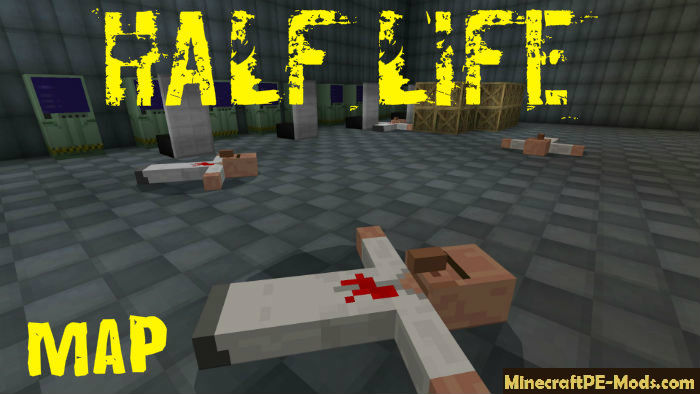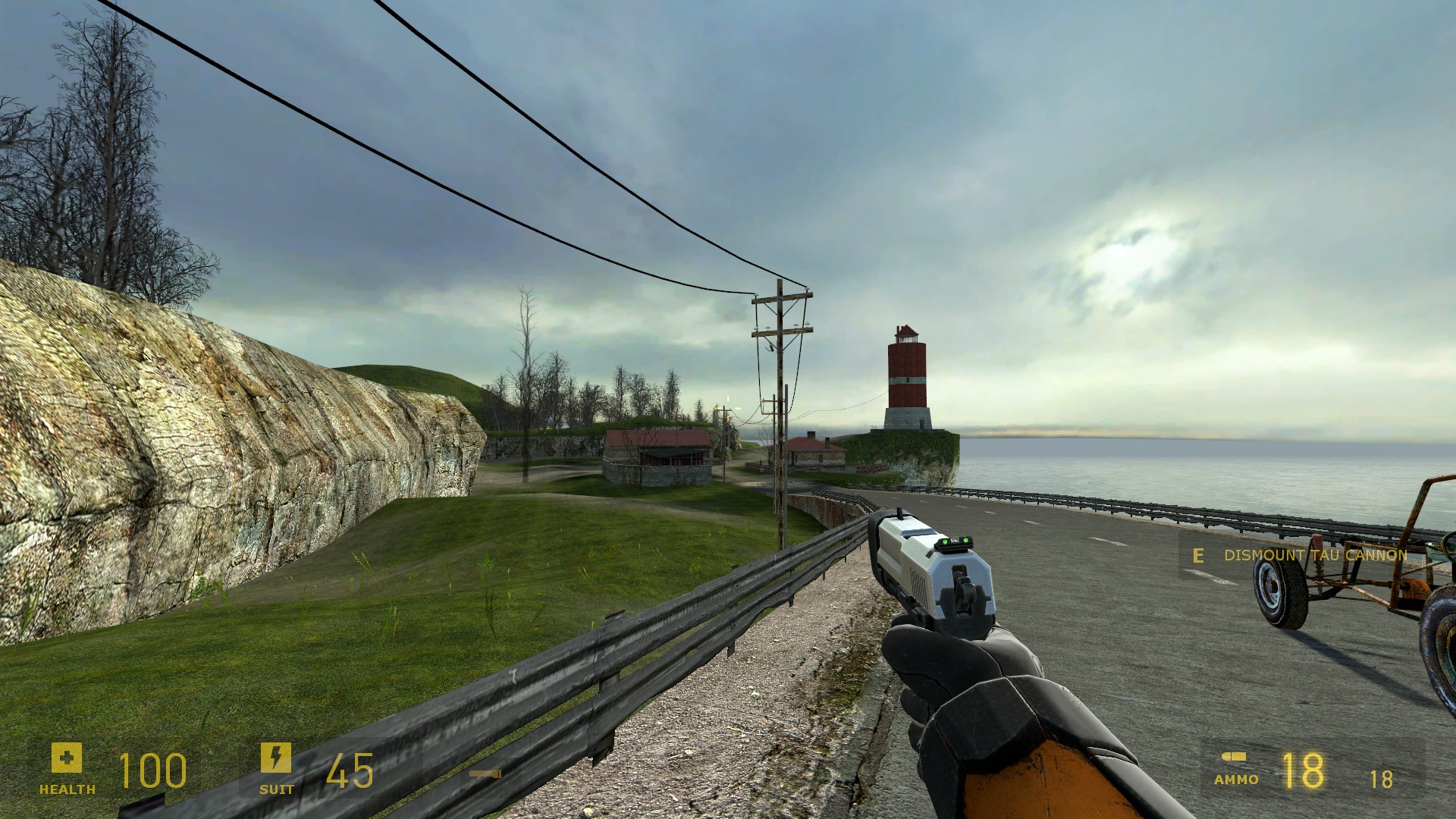

This is an effective technique against Zombies controlled by Armored Headcrabs as the Headcrab's bullet-proof shell prevents head shots. A form of the Bloater, these glowing green growths are highly volatile and act as weak points as they explode upon being shot, instantly killing the Zombie. Half-Life: Alyx introduces a new characteristic to Zombies in that some have Xen growths protruding from their limbs. Although, in Half-Life 2, they will occasionally detach from the host if it is rendered immobile by its injuries. In most cases, a Headcrab remains attached to its host until the Zombie is killed. Occasionally, Classic Zombies may survive after losing both legs and their lower torso, and continue to crawl using their arms. This is made more prominent in Half-Life: Alyx, where zombies can be heard begging for help. In Half-Life 2, the muffled pleas and screams coming from the Zombies indicates that the victim may be somewhat aware of their zombified state. Removal of the Headcrab reveals that the host's head is bent abnormally upwards, their hair is matted with blood, and their face is pale, with their eyes shut and mouth open in a frozen scream.


Zombies have been observed to feed by ripping chunks of flesh off of corpses and stuffing them into this maw. Through some unknown biological process, the host's hands turn into long, skeletal claws, and a massive hole appears in its chest lined with the hosts' ribs, becoming a makeshift "mouth", with their ribs serving as teeth. Once a Headcrab successfully attaches to a host, the Headcrab will assume control of all their motor functions and become able to walk and attack with the host's arms and legs. The original Zombie scientist from Half-Life.


 0 kommentar(er)
0 kommentar(er)
